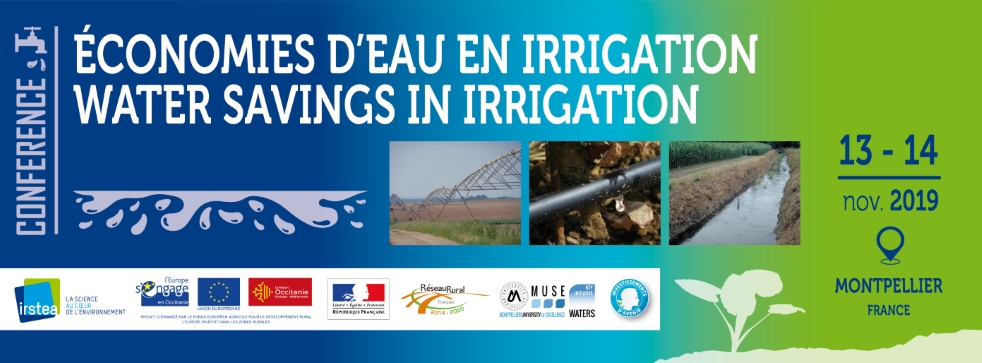Guaranteeing a sustainable and competitive agriculture is one of the main challenge, above all under climate change conditions and in scarcity of natural resources as water. The importance
of water resources protection is also showed at European level with the creation of synergies and
complementarities between Environmental and Water Policies and the Common Agricultural
Policy. In the contest of CAP 2014-2020 Italy developed Regional Rural Programmes (RRP)
and a National Programme for Rural Development (NPRD) to finance collective irrigation infrastructures
co-financed with EU. In particular, the sub-measure 4.3 is oriented towards the pursuit
of water saving as an action for environmental protection and adaptation to climate change
providing eligibility conditions and selection criteria of the interventions in line with the water
saving principles and, at local level, with the measures of the River Basin Management Plans
(RBMP). The main eligible actions (improving the efficiency/building new reservoirs, adaptation/
modernization of the irrigation network, interventions on drainage and irrigation canals,
monitoring/remote-control systems, water energy efficiency, interventions for the reuse in agriculture
of treated wastewater) aim at preserving/achieve the objectives of environmental quality
of water bodies WFD (in compliance with article 46 of reg. 1305/2013) and increase the potential/
real water saving. Considering the goal, the priority was given to those investments
that guarantee potential water savings (especially in areas located in protected areas), allow the
collective irrigation in areas not historically equipped with collective networks (where droughts
make frequent the use of autonomous and unplanned irrigation) and achieve water savings without
increasing in irrigated area. Among the requirements for funding (by European – EAFRD
and National Development and Cohesion-NDC funds) an estimation of potential water saving
was requested to the beneficiaries (irrigation consortia/other public bodies in charge for collective
irrigation). In this sense different methodologies for the estimation were proposed by them
and validated by expert (e.g. considering the distribution of water in the irrigation season for a
specific year in relation to the irrigated area, net of the overall water loss or the values of average
daily flow rate of the last 7 years and the number of days in which these flows were actually
supplied). The percentage value of water saving, not always estimated starting from the initial
value (mc used before and after the intervention), sometimes was referred to the results of water
savings of similar interventions already financed in contiguous areas/areas with similar characteristics.
In other cases, this % value was sometimes referred to the irrigation use expressed in l/s
per hectare. At farm level, an interesting methodology to calculate the water saving comes from
some regions, especially Veneto, that, within the Regional Programmes for Rural Development (RPDP – EAFRD funds), finances farm investments to improve the overall performance and sustainability of the farm and face water scarcity imposing, as eligibility condition, the implementation of a potential water saving calculated considering the total water requirement of the surface served by the plant related to the existing irrigation system efficiency and same efficiency but with the new irrigation system.

Accès aux communications orales > Baralla SilviaThe Italian experience on water saving
|
| Personnes connectées : 53 | Flux RSS |

|

